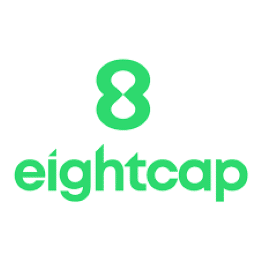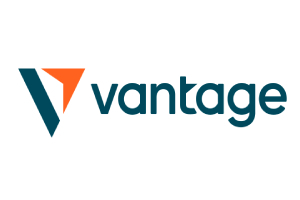Lending in 2025 isn’t about offering capital – it’s about managing risk, surfacing reliable data, and scaling decisions. The fintechs that survive in the digital lending market will be those that treat loan origination as a software product: trackable, testable, and automated.
Let’s break down how to actually build a data-driven lending platform, based on the real experience of Exaloan – a Frankfurt-based company specializing in machine learning analytics for institutional loan investors. Their journey with S-PRO reveals what a modern lending platform should look like and how to build it from the ground up.
Step 1: Don’t Start with the Platform – Start with the Model
Before you build dashboards, workflows, or borrower journeys, get clear on one thing: how will you score risk?
Exaloan’s team knew that data science – not UX – was their differentiator. They prioritized machine learning models that could process thousands of data points across lending platforms globally. The software came second. Their system, Loansweeper, only made sense once they could standardize scoring logic and data pipelines across heterogeneous sources.
Key Tools:
- Python + Scikit-learn for risk model prototyping
- Jupyter notebooks to align product and credit teams
- Simulated historical backtesting to tune model assumptions
Timeline: ~6 weeks for model iteration before backend work even began
Step 2: Architect for Scale and Heterogeneity
Lending platforms don’t look the same. Some give you JSON APIs, others deliver CSVs via email. To operate across them, you need a data normalization layer.
S-PRO helped build a data ingestion and transformation pipeline using a modular, cloud-native architecture. The ingestion layer cleaned, enriched, and mapped raw loan and borrower data to a standard schema – critical for apples-to-apples comparisons.
Suggested Stack:
- Cloud: AWS or GCP
- ETL: Airflow, dbt
- Storage: PostgreSQL for app logic; BigQuery for analytics
- Data mapping: custom schema translation layer
Timeline: ~2-3 months to build ingestion + normalization logic
Step 3: Build Loan Decisioning Workflows with Humans in the Loop
You don’t want every decision to be manual – but you don’t want to automate blindly either. The solution is tiered workflows.
Exaloan implemented an approval flow where loans above a certain risk score threshold were flagged for analyst review. Lower-risk loans flowed automatically into approval queues. This hybrid model reduces time-to-decision while keeping human oversight on edge cases.
Workflow Tips:
- Visualize thresholds for auto-approve, review, reject
- Let users simulate different model outputs before committing
- Log every decision point for auditability
Timeline: ~1 month for MVP workflow UX + logic
Step 4: Make Compliance a Feature, Not an Afterthought
Digital lending is highly regulated – especially when you deal with cross-border loans, as Exaloan does. Embedding compliance into the platform prevents costly rewrites later.
Features to implement from day one:
- Audit trail on every scoring event and decision
- Exportable reports for internal/external audits
- PII masking and role-based data access
- Real-time AML flag checks via third-party APIs
Fintech software partners with experience in regulatory environments (especially EU) are key to getting this right.
Timeline: ~3-4 weeks for full audit + access control layer
Step 5: Give Investors the Right Kind of Transparency
Institutional investors don’t want more dashboards – they want data they can trust. That means providing explainability for risk scores, summary stats on loan pools, and alerts when performance deviates.
Exaloan’s product included breakdowns by loan type, lending partner, geography, and risk band – all exportable. This positioned them not just as another marketplace, but as a reliable source of truth. Some of the best investment platforms prioritize exactly this – transparency through tooling, versioned models, and investor-facing analytics.
Best investment software enables us to do just that – by embedding compliance, reporting, and explainability into the core infrastructure.
Useful Outputs:
- Pool performance trends
- Score distribution histograms
- API access for institutional integration
Final Summary
A modern lending platform in 2025 is defined by:
- Clean, comparable, timely data
- Models that continuously learn and explain
- Workflow logic that mixes automation with human review
- Embedded compliance and audit capabilities
- Investor-facing transparency as a product
Building that isn’t easy – but it’s repeatable. With the right technical foundation and domain expertise, companies can avoid the pitfalls of static lending products and move toward dynamic, data-driven platforms.
- Broker
- Min Deposit
- Score
- Visit Broker
- Award-winning Cryptocurrency trading platform
- $100 minimum deposit,
- FCA & Cysec regulated
- 20% welcome bonus of upto $10,000
- Minimum deposit $100
- Verify your account before the bonus is credited
- Fund Moneta Markets account with a minimum of $250
- Opt in using the form to claim your 50% deposit bonus
Learn to Trade
Never Miss A Trade Again

Signal Notification
Real-time signal notifications whenever a signal is opened, closes or Updated

Get Alerts
Immediate alerts to your email and mobile phone.

Entry Price Levels
Entry price level for every signal Just choose one of our Top Brokers in the list above to get all this free.



